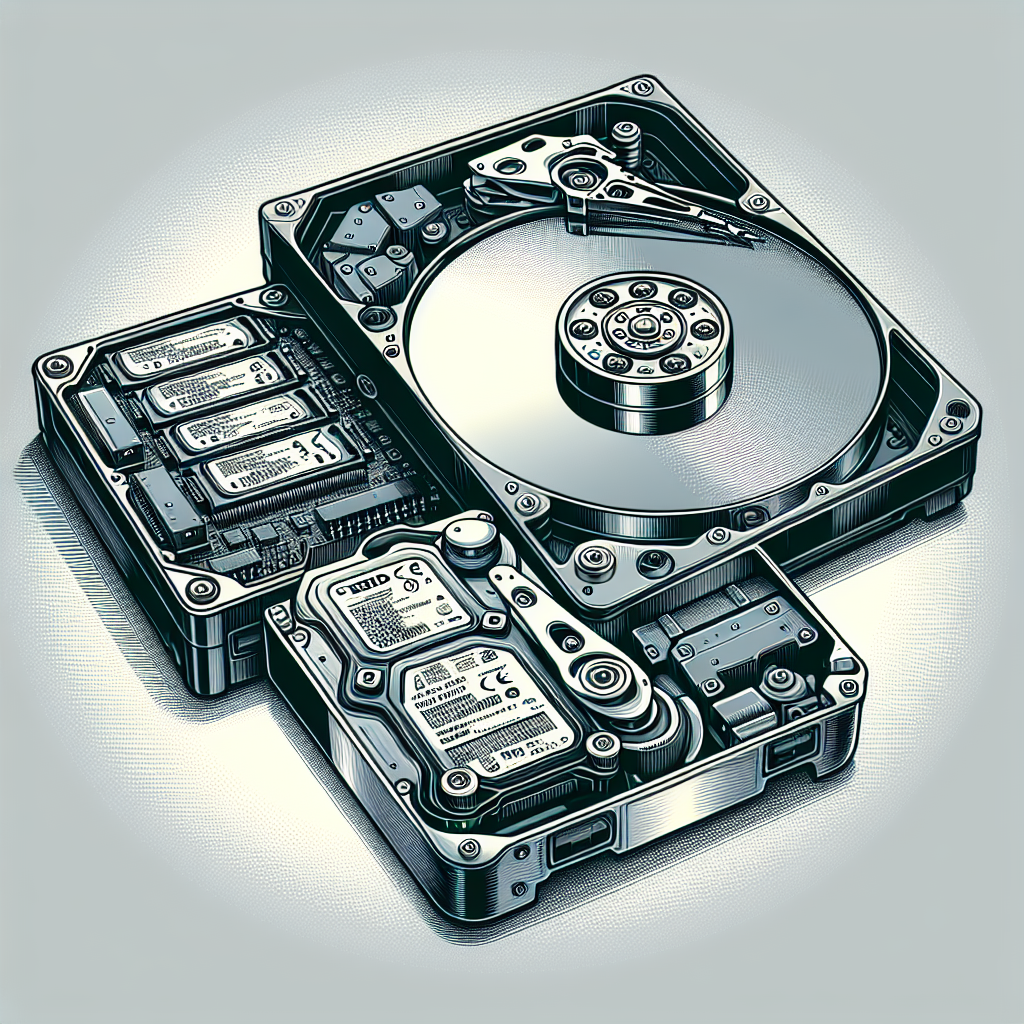When it comes to storing data on a computer, there are two main types of disk drives to choose from: Hard Disk Drives (HDD) and Solid State Drives (SSD). Each type of drive has its own set of advantages and disadvantages, so it’s important to understand the differences between them before making a decision.
Hard Disk Drives (HDD) have been around for decades and are the most common type of disk drive found in computers today. HDDs use spinning disks to store data, with a read/write head that moves back and forth to access and write data. Because of their mechanical components, HDDs are more prone to failure and are generally slower than SSDs. However, HDDs are typically much cheaper than SSDs and offer more storage capacity.
On the other hand, Solid State Drives (SSD) are a newer technology that use flash memory to store data. SSDs have no moving parts, which makes them more durable and reliable than HDDs. SSDs are also much faster than HDDs, leading to quicker boot times and faster data access. However, SSDs are generally more expensive than HDDs and offer less storage capacity.
When choosing between an HDD and an SSD, it’s important to consider your needs and priorities. If you’re looking for a cost-effective solution with high storage capacity, an HDD may be the best option for you. However, if speed and reliability are more important to you, investing in an SSD may be worth the extra cost.
In conclusion, both HDDs and SSDs have their own set of advantages and disadvantages. Understanding the differences between the two types of disk drives can help you make an informed decision when choosing the right storage solution for your computer. Whether you prioritize cost, speed, or reliability, there is a disk drive option that will meet your needs.


Leave a Reply